
Tardigrades, known as water bears, are microscopic creatures famous for their near-invincibility. These tiny, eight-legged animals can survive extreme conditions, including radiation, dehydration, and even the vacuum of space. Scientists have been studying their resilience for years, and recent discoveries shed light on how they endure environments that would be fatal to most life forms. Understanding their survival mechanisms could affect medicine, space travel, and human longevity.
Surviving Extreme Temperatures
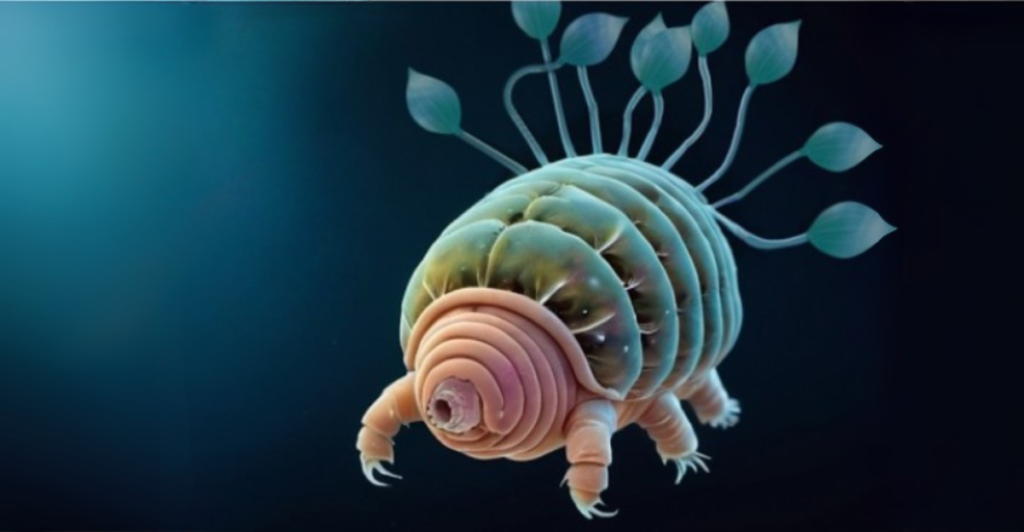
Tardigrades can withstand temperatures ranging from nearly zero (-273°C) to over 150°C. In freezing conditions, they enter cryptobiosis, expelling water from their cells and replacing it with protective proteins. This process prevents ice crystals from forming and damaging their internal structures. Tardigrades use heat shock proteins in extreme heat to prevent damage to essential cellular components. These adaptations allow them to thrive in some of Earth’s harshest environments.
The Power of Cryptobiosis

Cryptobiosis is one of the most fascinating survival tactics of tardigrades. When faced with desiccation, they retract their legs, curl into a dehydrated “tun” state, and drastically slow their metabolism to near zero. In this state, tardigrades can survive for decades without water. Once they rehydrate, they revive almost instantly, as if nothing happened. This ability allows them to endure droughts, deep-sea pressures, and even outer space, where water is nearly nonexistent.
Radiation Resistance Explained

Unlike most living organisms, tardigrades can survive radiation doses hundreds of times greater than what would be lethal to humans. Scientists discovered that tardigrades produce a unique protein called Dsup (damage suppressor), which shields their DNA from radiation-induced harm. This protein prevents genetic mutations and breaks that usually lead to cell death. Understanding Dsup’s properties could inspire future breakthroughs in cancer treatment, radiation protection for astronauts, and even DNA preservation techniques.
Surviving the Vacuum of Space
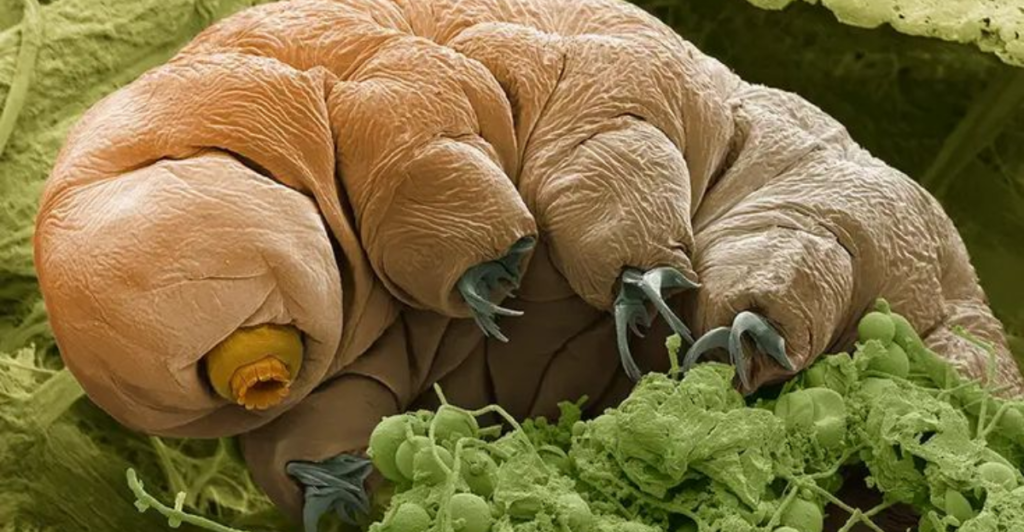
Tardigrades are one of the few known creatures capable of surviving in outer space without any protective gear. In 2007, researchers sent tardigrades into orbit, exposing them to extreme radiation and the vacuum of space. Many revived upon rehydration when they returned to Earth, proving their resilience. Scientists believe their cryptobiosis state and unique cellular adaptations protect them from cosmic rays and desiccation, making them potential models for space survival research.
The Secret to Surviving Extreme Pressures

Tardigrades can survive in the deepest parts of the ocean, where pressures are thousands of times greater than at sea level. Some species have been found in deep-sea trenches, where most life struggles to exist. Their secret lies in their flexible, durable bodies and the ability to enter cryptobiosis. This state allows them to withstand crushing pressures without damage. Studying these mechanisms could provide insights into deep-sea exploration and even engineering pressure-resistant materials.
How Tardigrades Defy Dehydration

Dehydration is one of the biggest threats to most organisms, but tardigrades have mastered survival without water. When they enter cryptobiosis, their cells produce trehalose, a sugar that helps preserve their cellular structures during extreme dryness. This prevents proteins and membranes from breaking apart. Some researchers believe that understanding tardigrades’ ability to survive without water could advance organ preservation and drought-resistant crops, benefiting medicine and agriculture.
The Role of Protective Proteins
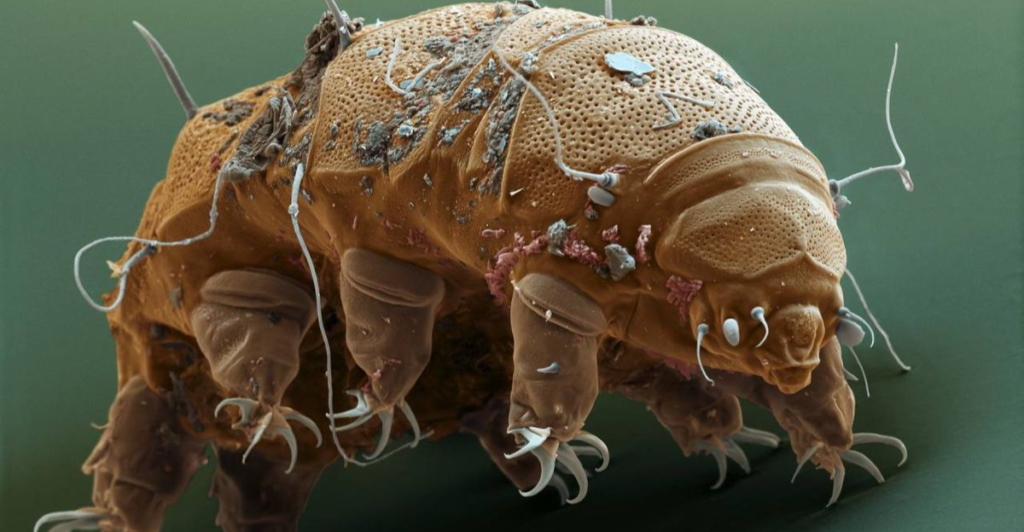
Scientists have identified a unique set of proteins in tardigrades contributing to their resilience. These proteins, known as intrinsically disordered proteins (IDPs), help tardigrades maintain cell structure during extreme stress. Unlike typical proteins, IDPs don’t fold into fixed shapes, allowing them to act like molecular shields. When conditions improve, they dissolve, restoring the organism’s normal function. This discovery could lead to new ways of preserving biological materials for medical and scientific applications.
Tardigrades and Evolutionary Adaptations
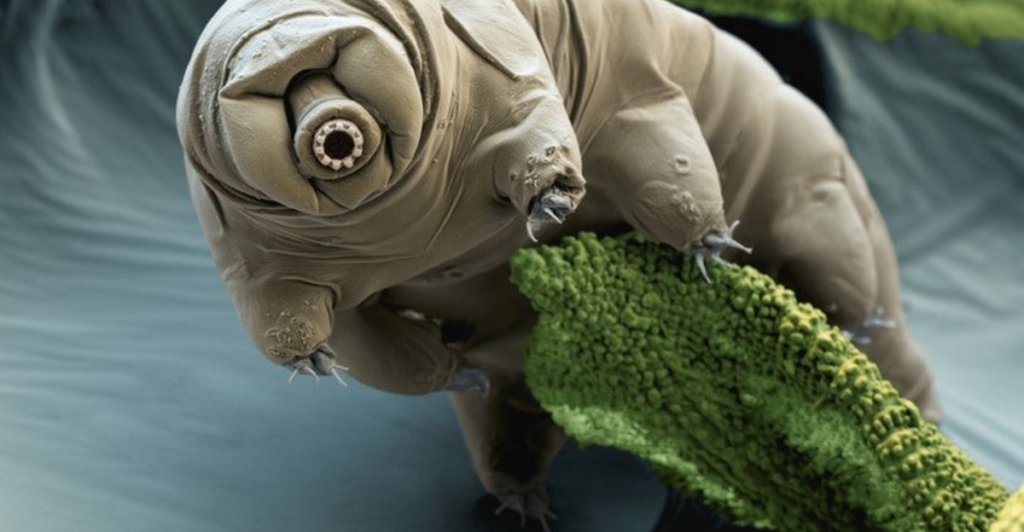
Tardigrades have existed for over 500 million years, surviving multiple mass extinctions that wiped out most other species. Their ability to endure extreme conditions suggests they have evolved highly specialized survival mechanisms. Some researchers believe that horizontal gene transfer, the process of acquiring genes from other organisms, has influenced their adaptability. Tardigrades may have enhanced their ability to resist environmental stressors by borrowing genetic material from bacteria and fungi.
Can Tardigrades Survive Forever?
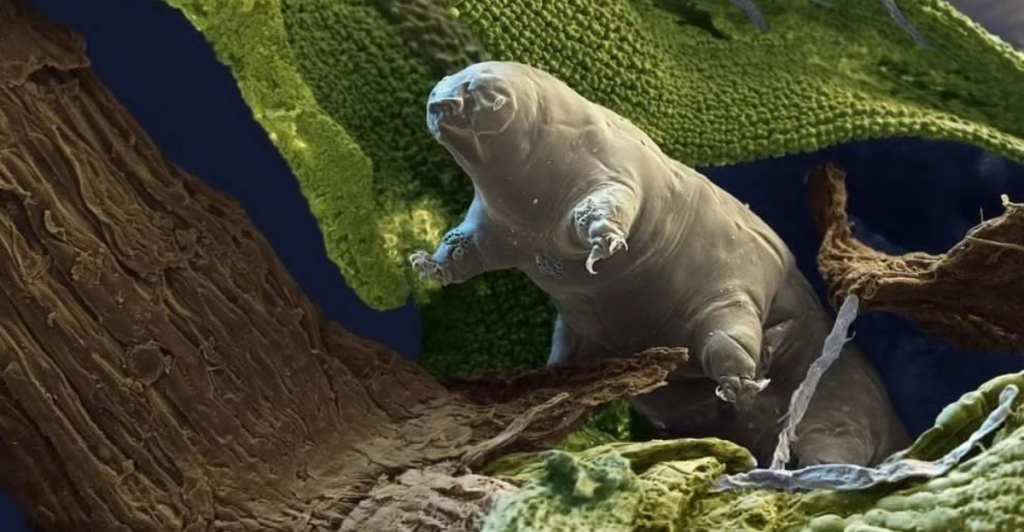
While tardigrades are incredibly resilient, they are not truly immortal. Under normal conditions, they have a lifespan of a few months to a few years. However, when in cryptobiosis, they can survive for decades without aging. While they can withstand extreme environments, they are still vulnerable to predation and specific environmental changes. Their survival skills are impressive, but they still rely on favorable conditions to thrive and reproduce.
How Scientists Are Using Tardigrade Research

The study of tardigrades has practical applications beyond understanding their resilience. Researchers are exploring ways to apply their survival mechanisms to biotechnology, including space travel, medicine, and agriculture. The Dsup protein could help protect human DNA from radiation, while their dehydration survival techniques could revolutionize organ preservation. Learning from tardigrades may pave the way for innovative solutions to challenges faced by astronauts, medical professionals, and conservationists alike.
What Tardigrades Teach Us About Life’s Limits

Tardigrades challenge our understanding of life’s limitations, showing that organisms can survive in uninhabitable places. Their existence suggests that life could exist beyond Earth, on planets or moons with extreme conditions. Studying their adaptations helps scientists refine theories about extraterrestrial life and planetary habitability. Whether on Earth or in space, tardigrades remind us that nature is full of surprises and that life finds its way in the most unexpected places.
The Future of Tardigrade Research

Scientists continue to uncover new insights into tardigrades, and their research is far from over. Future studies could lead to groundbreaking discoveries in genetics, medicine, and space exploration. Researchers hope to unlock new possibilities for human survival in extreme conditions by understanding the mechanisms behind their resilience. Whether it’s preserving human cells, exploring distant planets, or developing new medical technologies, tardigrades may hold the key to many future scientific advancements.
Discover more of our trending stories and follow us to keep them appearing in your feed

12 Unique Creatures with Traits as Fascinating as Ferrets
How the Woolly Mammoth Revival Will Bring in Trillions for the U.S.
12 Dog Breeds That Are All Love And No Bite
12 Insects Used in Popular Foods—And Why They’re There
This article first appeared here
Stay connected with us for more stories like this! Follow us to get the latest updates or hit the Follow button at the top of this article, and let us know what you think by leaving your feedback below. We’d love to hear from you!







